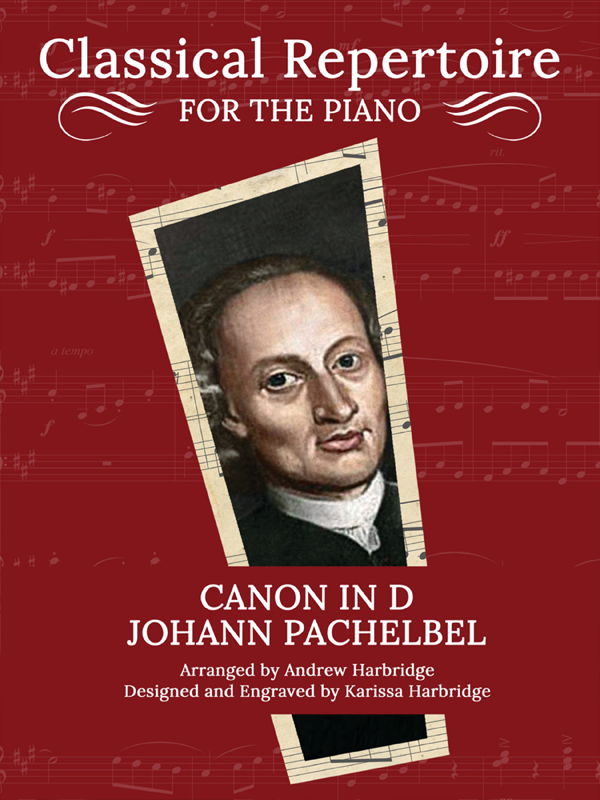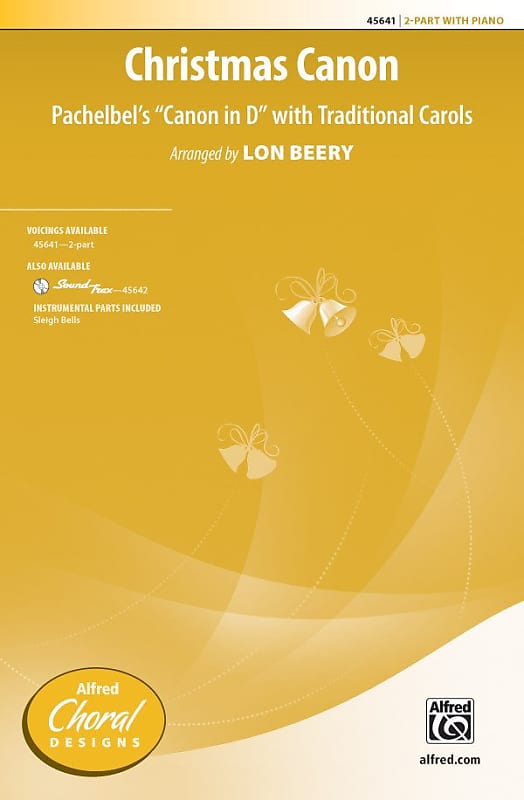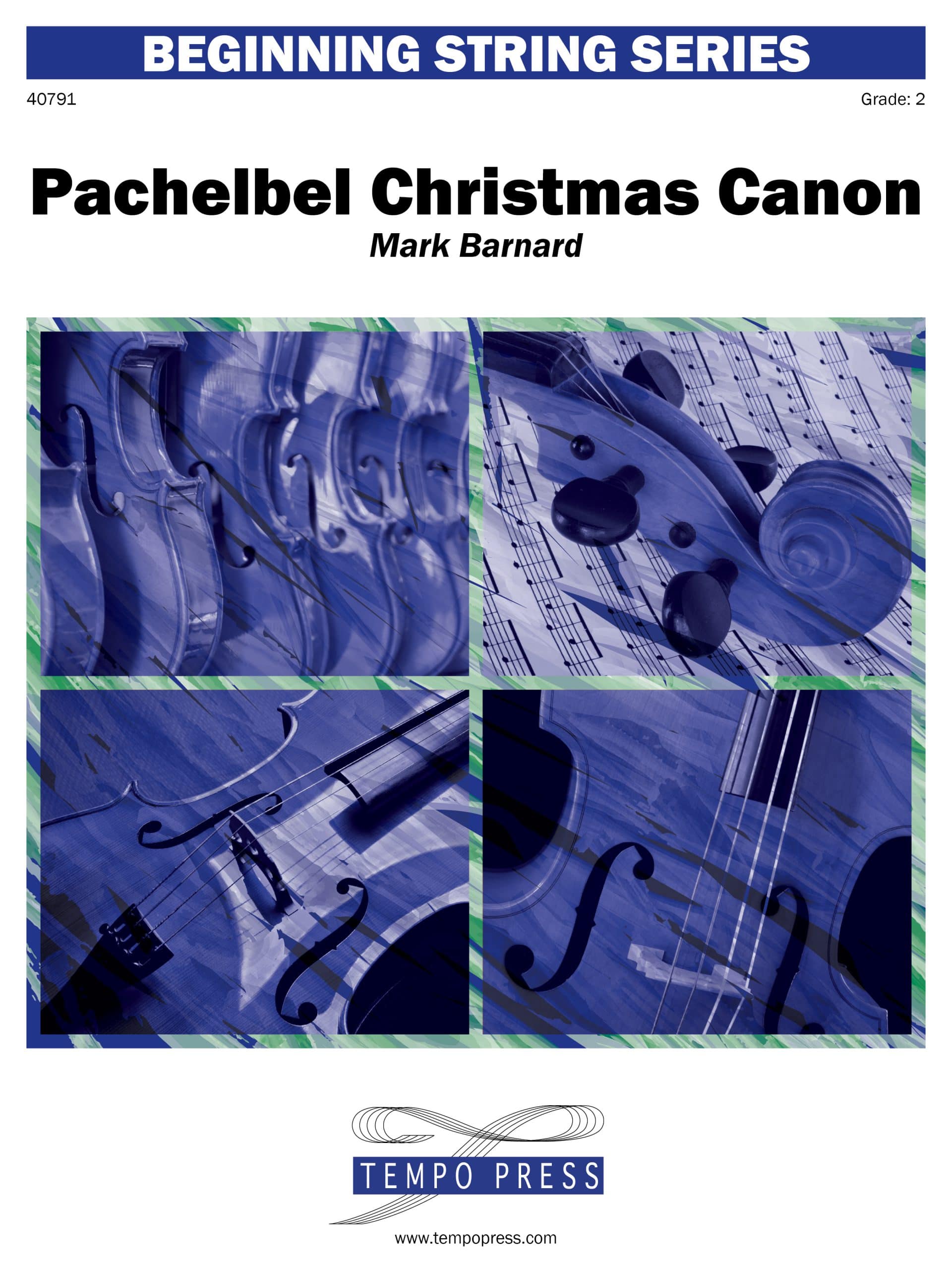Pachelbel’s Canon In D: A Timeless Christmas Classic For 2024
Pachelbel’s Canon in D: A Timeless Christmas Classic for 2024
Related Articles: Pachelbel’s Canon in D: A Timeless Christmas Classic for 2024
- Christmas Sale At Best Buy 2024: Unbelievable Deals And Unforgettable Savings
- Christmas Sale Picture 2024: The Ultimate Guide To Festive Shopping
- Heartfelt Christmas Quotes For 2024
- Christmas Snack Ideas 2024: Festive Treats To Delight Your Guests
- Boots Christmas Sale 2024: The Ultimate Guide To Unbelievable Savings
Introduction
With great pleasure, we will explore the intriguing topic related to Pachelbel’s Canon in D: A Timeless Christmas Classic for 2024. Let’s weave interesting information and offer fresh perspectives to the readers.
Table of Content
Video about Pachelbel’s Canon in D: A Timeless Christmas Classic for 2024
Pachelbel’s Canon in D: A Timeless Christmas Classic for 2024

Johann Pachelbel’s Canon in D is an enduring masterpiece that has captivated audiences for centuries. Composed in the late 17th century, this Baroque-era work has become synonymous with the Christmas season, evoking a sense of joy, peace, and celebration. As we approach 2024, Pachelbel’s Canon in D stands poised to continue its reign as a beloved Christmas classic.
Origins and History
Johann Pachelbel (1653-1706) was a German Baroque composer and organist. Born in Nuremberg, he received his musical education in Vienna and Regensburg. Pachelbel’s Canon in D was composed in 1680 while he served as organist at the Predigerkirche in Erfurt.
The work is believed to have been written for a wedding ceremony, although its precise origin remains uncertain. The manuscript of the canon was lost for centuries, and it was not until the 19th century that it was rediscovered and published.
Structure and Musical Form
Pachelbel’s Canon in D is a piece of chamber music written for three violins and a basso continuo (bass line and chordal accompaniment). The canon is characterized by its distinctive melodic line that is played successively by each of the three violins, creating a rich and layered effect.
The canon is in the key of D major and is based on a simple harmonic progression. The piece is divided into two sections, with the first section being repeated after the second section. Each section consists of eight bars, and the overall form of the canon is A-A-B-A.
Musical Analysis
The melody of Pachelbel’s Canon in D is based on a descending scale pattern. The first violin introduces the melody, which is then imitated by the second and third violins. The bass line provides a solid foundation for the canon, while the chordal accompaniment adds richness and depth.
The canon is notable for its use of counterpoint, a technique in which multiple melodies are played simultaneously. The three violins interweave their melodic lines, creating a complex and intricate texture.
Emotional Impact and Interpretation
Pachelbel’s Canon in D has a profound emotional impact on listeners. Its simple yet elegant melody evokes feelings of joy, peace, and serenity. The piece has been used in countless weddings, baptisms, and other special occasions, where it serves to enhance the sense of celebration and solemnity.
Over the years, Pachelbel’s Canon in D has been interpreted in a variety of ways. Some performances emphasize the Baroque origins of the work, while others explore more modern and contemporary interpretations. The piece has been arranged for a wide range of instruments, including orchestras, string quartets, and even rock bands.
Christmas Association
Pachelbel’s Canon in D has become closely associated with the Christmas season. Its joyful and uplifting melody perfectly captures the spirit of Christmas, and it has been featured in countless Christmas albums, movies, and television shows.
The canon is often performed as a prelude or postlude to Christmas services. It is also commonly used as background music for Christmas decorations, shopping malls, and other festive settings.
Legacy and Influence
Pachelbel’s Canon in D has had a profound influence on Western music. Its simple yet effective structure has served as a model for countless other compositions. The piece has also been used as a teaching tool for music students, helping them to understand the principles of counterpoint and harmony.
The canon’s enduring popularity is a testament to its timeless beauty and emotional resonance. It continues to be performed and enjoyed by audiences around the world, and it is likely to remain a Christmas classic for generations to come.
Preparation for 2024
As we approach 2024, Pachelbel’s Canon in D is poised to continue its reign as a beloved Christmas classic. Musicians, choirs, and orchestras are already planning performances of the piece for the upcoming holiday season.
Listeners can anticipate hearing the canon in a variety of settings, from traditional church services to festive concerts. The piece is also likely to be featured in Christmas-themed movies, television shows, and advertisements.
Conclusion
Pachelbel’s Canon in D is a musical masterpiece that has stood the test of time. Its simple yet elegant melody, profound emotional impact, and enduring popularity make it a timeless Christmas classic. As we approach 2024, the canon is poised to continue its reign as a beloved holiday tradition, bringing joy and peace to audiences around the world.







Closure
Thus, we hope this article has provided valuable insights into Pachelbel’s Canon in D: A Timeless Christmas Classic for 2024. We appreciate your attention to our article. See you in our next article!
